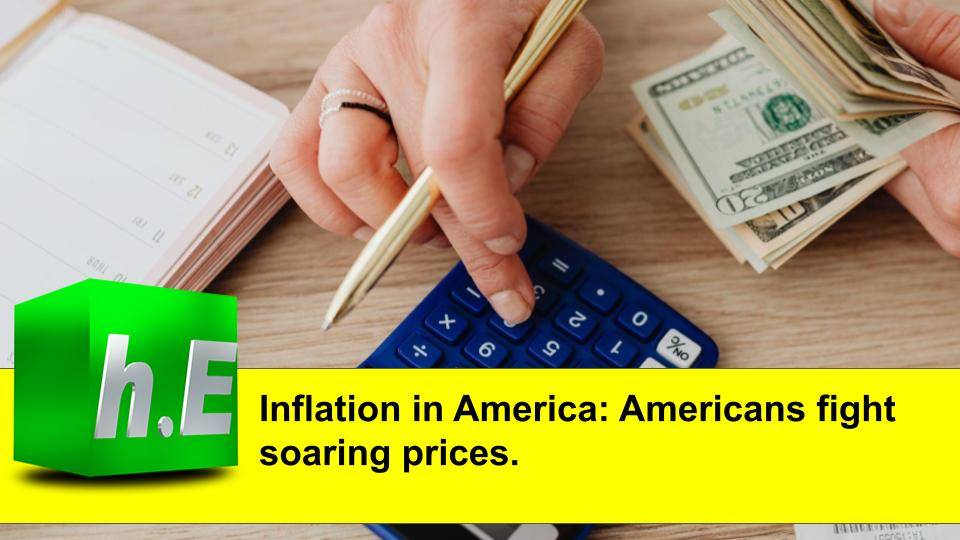Facing soaring energy bills, rising costs and rapidly declining consumer purchasing power, small businesses across the US are struggling to make ends meet.
According to the data, the US inflation rate is now at its highest level since November 1981, having risen from 8.6% in May.
There had been hope that a shift in spending from goods to services would help cool inflation, but high competition for workers has led to higher wages, which has fuelled further price rises.
Prices in the US have been rising since late last year due to supply chain disruption from Covid and higher food prices caused by severe weather. The war in Ukraine has also pushed up commodity prices globally.
Some economists have also blamed president Biden’s Covid spending programmes for exacerbating price increases. In total it deployed $5tn (£4.1tn) of stimulus to shield households and businesses from the economic shock of the pandemic.
Electricity prices are going up in large part because the U.S. gets about 40 percent of its power from natural gas power plants, said Neil Kalton, a Wells Fargo equity utility analyst. And natural gas prices have been rising as demand increases and supply is constrained.

“For these natural gas power plants, their cost is going up, and that is getting reflected in power prices” for the consumer, Kalton said.
Prices increases are likely to be particularly noticeable in places where electricity is linked to natural gas, including the Northeast and along the Gulf Coast.
Many industries, including oil refineries, car factories and airlines, cut staff and production in 2020 at the outset of the Covid-19 pandemic, leaving them understaffed when demand for travel roared back.
America’s rampant inflation is imposing severe pressures on families, forcing them to pay much more for food, gas and rent and reducing their ability to afford discretionary items, from haircuts to electronics.
Lower-income and Black and Hispanic Americans, in particular, are struggling because, on average, a larger proportion of their income is consumed by necessities.
Some evidence in recent weeks had suggested that inflation might be moderating, particularly for long-lasting goods that were caught up in supply chain snarls and shortages last year. But that trend appeared to reverse itself in May, with used car prices rising 1.8% after having dropped for three straight months.
Russia’s invasion of Ukraine and subsequent oil embargoes by the U.S. and the European Union have also further strained the global energy supply, isolating one of the world’s largest oil and gas producers and driving prices higher as countries scramble for replacements. Gas prices only started falling in the summer, after a prolonged rise at the start of the year.

